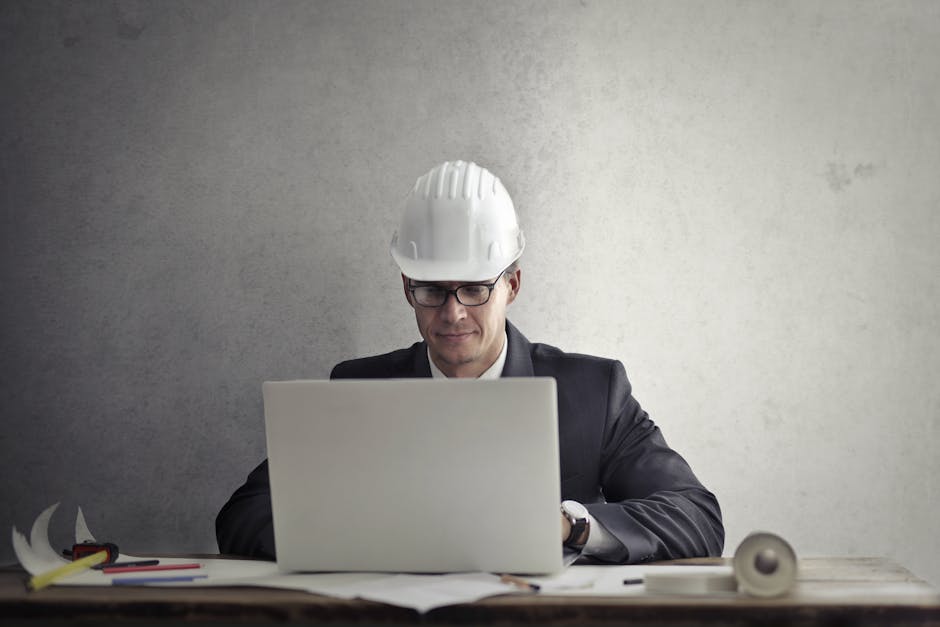 Recognizing Industrial Construction: Trick Aspects and Trends
Recognizing Industrial Construction: Trick Aspects and Trends
Commercial building and construction is a specialized location within the wider building market, focusing on building facilities and facilities for manufacturing, processing, and circulation. It incorporates a vast array of projects, from factories and nuclear power plant to warehouses and distribution centers. As global economies progress, the need for commercial building and construction has risen, making it crucial for stakeholders to understand its essential parts, trends, and challenges.
Among the specifying attributes of commercial building and construction is the requirement for a deep understanding of particular industry demands. Projects typically entail elaborate styles, specialized products, and advanced innovations that should adhere to regulatory criteria and safety and security protocols. The interaction of numerous design techniques– such as civil, mechanical, and electric engineering– commonly symbolizes commercial construction projects’ intricacy. This multifaceted strategy ensures that all useful components interact effectively to satisfy functional objectives.
Another crucial facet is the growing focus on sustainability and green practices. Environmental problems go to the center of numerous building and construction jobs today, with a concentrate on minimizing carbon impacts and reducing waste. Industrial building and construction is currently leveraging eco-friendly modern technologies and sustainable materials to produce centers that are not only efficient yet likewise eco liable. This shift is driven by both governing pressures and a transforming public understanding that values company responsibility.
Recent technical advancements are also changing the industrial building landscape. The combination of Structure Details Modeling (BIM) has actually revolutionized exactly how jobs are created, intended, and carried out, resulting in better partnership amongst stakeholders and even more precise task timelines. In addition, emerging modern technologies such as robotics, drones, and augmented fact are being customized for commercial usage, providing ingenious options that boost productivity and safety on-site. As these technologies continue to advance, they are expected to play a significantly considerable role fit the future of commercial building.
To conclude, commercial building stands for an essential industry that supports numerous sectors via the development of vital framework. By recognizing the key aspects such as complexity, sustainability, and technical improvements, sector stakeholders can browse the difficulties and possibilities that arise. As we look ahead, it is clear that industrial building and construction will certainly continue to be a vibrant area, driven by advancement and a dedication to fulfilling the changing demands of the worldwide market.